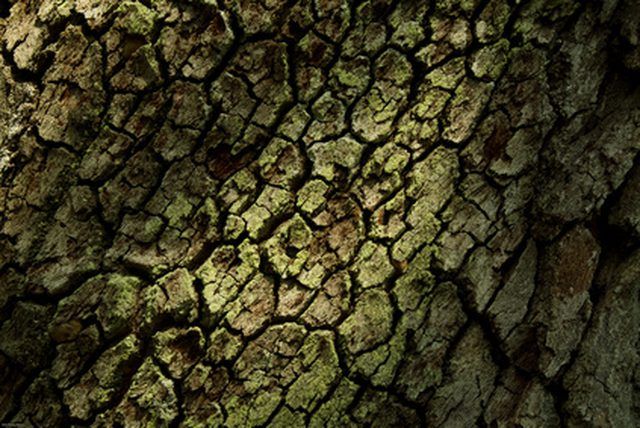Bulbs
Flower Basics
Flower Beds & Specialty Gardens
Flower Garden
Garden Furniture
Garden Gnomes
Garden Seeds
Garden Sheds
Garden Statues
Garden Tools & Supplies
Gardening Basics
Green & Organic
Groundcovers & Vines
Growing Annuals
Growing Basil
Growing Beans
Growing Berries
Growing Blueberries
Growing Cactus
Growing Corn
Growing Cotton
Growing Edibles
Growing Flowers
Growing Garlic
Growing Grapes
Growing Grass
Growing Herbs
Growing Jasmine
Growing Mint
Growing Mushrooms
Orchids
Growing Peanuts
Growing Perennials
Growing Plants
Growing Rosemary
Growing Roses
Growing Strawberries
Growing Sunflowers
Growing Thyme
Growing Tomatoes
Growing Tulips
Growing Vegetables
Herb Basics
Herb Garden
Indoor Growing
Landscaping Basics
Landscaping Patios
Landscaping Plants
Landscaping Shrubs
Landscaping Trees
Landscaping Walks & Pathways
Lawn Basics
Lawn Maintenance
Lawn Mowers
Lawn Ornaments
Lawn Planting
Lawn Tools
Outdoor Growing
Overall Landscape Planning
Pests, Weeds & Problems
Plant Basics
Rock Garden
Rose Garden
Shrubs
Soil
Specialty Gardens
Trees
Vegetable Garden
Yard Maintenance
How to Identify Oak Trees by Bark
How to Identify Oak Trees by Bark. There are more than 400 species of oak in the world, and more than 80 in North America, where it is one of the mainstays of American hardwood forests. Since pioneer days, oaks have provided food, dyes and timber in vast quantities. Though it's easier to identify species of oak from the shape of leaves, you can...
There are more than 400 species of oak in the world, and more than 80 in North America, where it is one of the mainstays of American hardwood forests. Since pioneer days, oaks have provided food, dyes and timber in vast quantities. Though it's easier to identify species of oak from the shape of leaves, you can also identify them from the color and texture of their bark, which varies widely from one species to another.
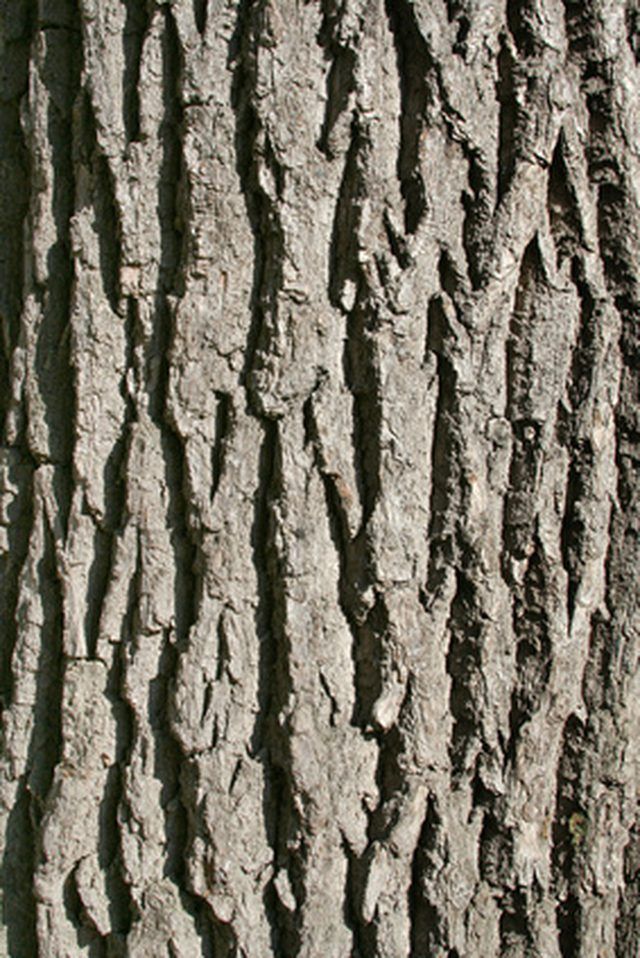
Things You'll Need
Guide to oak species
Computer with Internet connection
Digital camera
Pencil
Pad of paper
Step 1
Start your identification project in the fall by learning the basic shapes of the oak leaf and its seed, the acorn. Most oak leaves have deeply serrated edges, and acorns are small, brown and capped. Zero in on the bark when you're fairly certain you're looking at an oak tree, and not some other species.
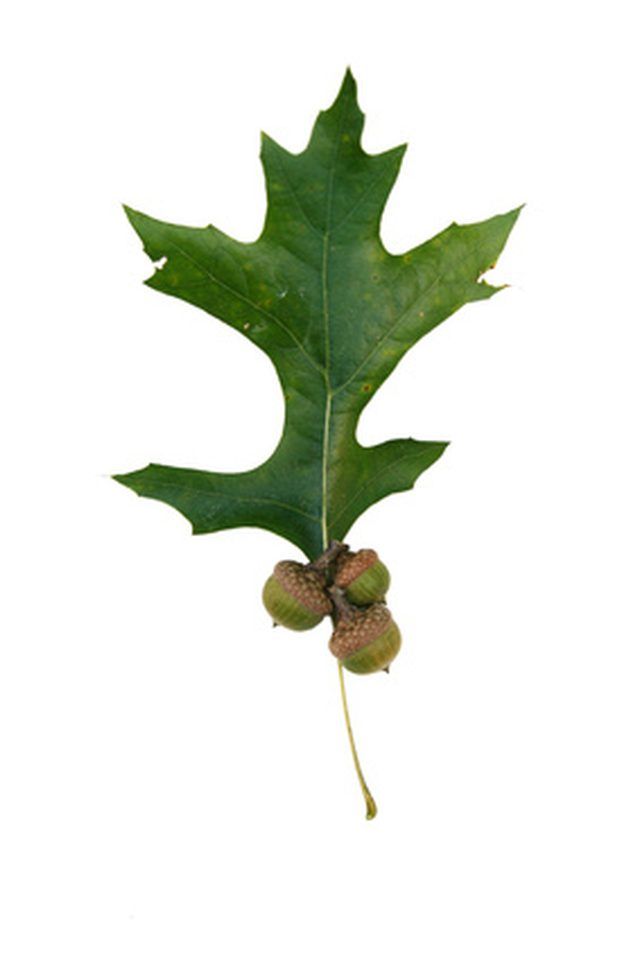
Step 2
Snap a picture of the bark when you come upon an oak tree. Note the color and texture of the bark. For example, a mature black oak has deep ridges in bark that is nearly black. A live oak has smoother bark that's brown with a touch of red. Jot down notes on color, texture and the shape of the tree's limbs.
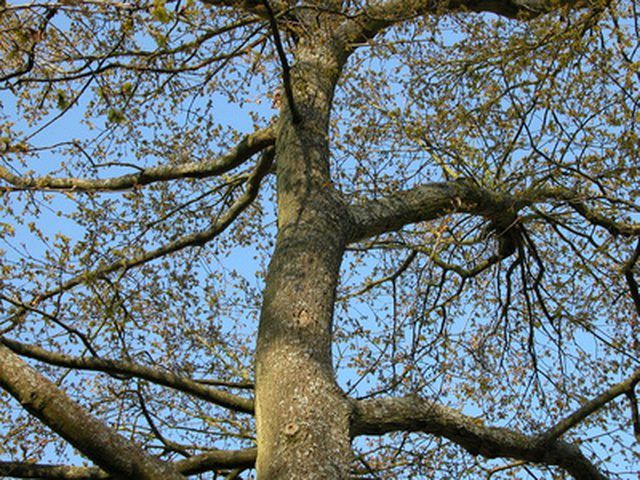
Step 3
Go to your local library and ask for a book on oak tree varieties. Compare your picture to the photos or illustrations until you find a match. Search by the climate and growing conditions in your area to narrow the possibilities. For example, don't bother researching live oaks if you live in a northern climate.
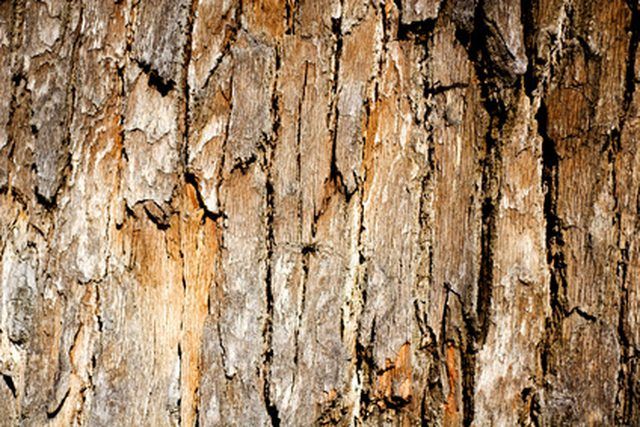
Step 4
Create a database by uploading bark pictures into the software program of your choice, and adding notes. You'll quickly learn to identify oak trees by their bark, in summer or winter.
